A Step-by-Step Guide for Mortgage Companies to Navigate the Tech Landscape and Propel Business Forward
Unlocking Efficiency
Making it to the list of top 3 business priorities of 2024 for mortgage lenders was business process streamlining*. Often times, a mortgage company, like any other business looking to innovate and enhance its operations through technology, would need to adopt a systematic approach to filter through the available information and identify the best technological solutions for its needs. Here are steps and strategies that a mortgage company might use to achieve this:
1. Define Clear Objectives
- Identify Pain Points: Start by identifying current challenges and inefficiencies within the company’s operations, such as loan processing times, customer service issues, or compliance bottlenecks.
- Set Goals: Define what success looks like, such as improved customer satisfaction, faster loan processing, or reduced operational costs.
2. Establish Requirements
- Functional Requirements: Determine what functionalities the technology needs to have to address the company’s pain points and achieve its objectives.
- Technical Requirements: Consider compatibility with existing systems, compliance standards, scalability, and security features.
- Budget Constraints: Set a clear budget for both initial implementation and ongoing maintenance.
3. Conduct Market Research
- Stay Informed on Industry Trends: Use industry publications, attend conferences, and participate in webinars to learn about emerging technologies in the mortgage industry.
- Explore Vendor Solutions: Research different technology vendors that offer solutions catering to the mortgage industry, such as loan origination software, customer relationship management (CRM) systems, and compliance tools.
- Consult Reviews and Case Studies: Look for independent reviews and case studies to see how different solutions have worked in real-world scenarios similar to yours.
4. Seek Expert Advice
- Consult with IT Professionals: Involve in-house or external IT experts who can provide technical insight into the feasibility and integration of different technologies.
- Peer Networking: Connect with peers from other mortgage companies to learn from their experiences with various technologies.
5. Evaluate Solutions
- Request Demonstrations: Before making a decision, request demos from short-listed vendors to see their solutions in action.
- Pilot Testing: Consider conducting a pilot test of the selected technology within a part of your operations to evaluate its impact.
6. Check for Compliance
- Ensure that any new technology complies with industry regulations and standards, such as those set by the Consumer Financial Protection Bureau (CFPB) and other relevant bodies.
7. Assess Support and Training
- Evaluate the level of customer service, support, and training the vendor offers, as this will be crucial for a smooth implementation and adoption process.
8. Make an Informed Decision
- Compile all gathered information, feedback from pilot tests, and expert opinions to make a well-informed decision that aligns with the company’s objectives and budget.
Plan for Implementation
- Develop a clear implementation plan that includes timelines, responsible parties, and milestones to ensure a successful rollout of the new technology.
While it may feel like a lot, by following these steps, a mortgage company can systematically filter through the wealth of available technology solutions and select the ones that best meet its specific needs, positioning the company to achieve its goals more effectively and efficiently.




